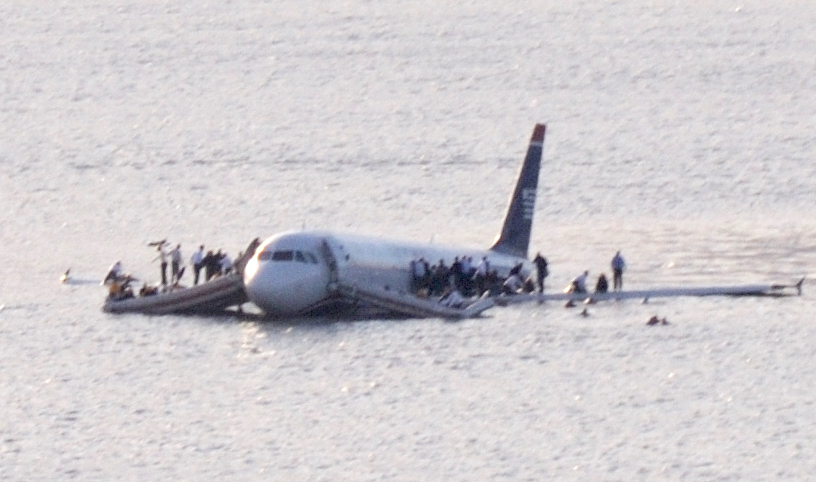January 15, 2009, marked the day dubbed “Miracle on the Hudson.” What could have been a horrible tragedy turned into a display of skill, courage, and teamwork when US Airways Flight 1549 landed on the Hudson River. Flight 1549, an Airbus A320, departed from New York’s LaGuardia Airport bound for Charlotte, North Carolina. Just minutes after takeoff, the plane struck a flock of Canada geese, causing both engines to fail. Captain Chesley “Sully” Sullenberger and First Officer Jeffrey Skiles faced an unprecedented challenge: their aircraft had lost all thrust and was losing altitude rapidly.
A Critical Decision
With no time to return to LaGuardia or reach another airport, Captain Sullenberger decided to land the plane on the Hudson River. Communicating calmly with air traffic control, he announced, “We’re gonna be in the Hudson.”
Executing a water landing is extraordinarily difficult. It requires precision, as even slight errors can lead to catastrophic consequences. Sullenberger and Skiles coordinated seamlessly, keeping the aircraft level and steady as it descended.
At 3:31 PM, the plane hit the icy waters of the Hudson River. Remarkably, it remained intact, and all 155 passengers and crew aboard, who had been holding their breath, felt a wave of relief as they realized they had survived.
Immediately after the landing, ferry operators, first responders, and ordinary New Yorkers sprang into action, their heroic efforts inspiring awe. Ferries and boats rushed to the scene, rescuing passengers who stood on the plane’s wings or floated in life rafts. Thanks to their rapid response, everyone was safely evacuated.
Already an experienced pilot, Captain Sullenberger and his co-pilot, crew, and rescuers were hailed as heroes. The event also led to significant changes in aviation safety, including enhanced wildlife management around airports and a greater focus on emergency water landing protocols. This reassured the public of the industry’s commitment to learning from such incidents.

